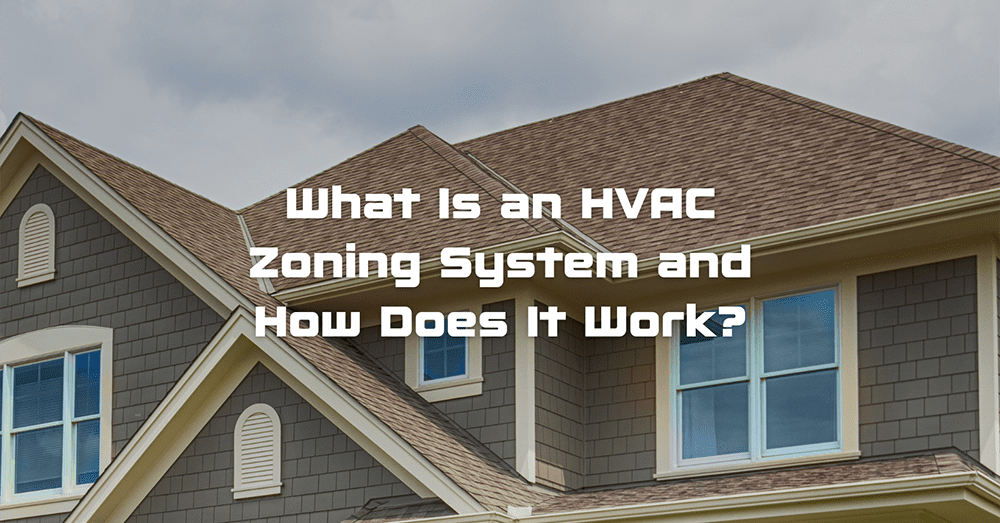HVAC zoning refers to a system that separates your home into distinct zones, each having its own thermostat and autonomous control over temperature settings. This method enables you to tailor the heating and cooling in particular areas of your home, offering improved comfort and energy efficiency. The adoption of HVAC zoning is on the rise as homeowners look for more accurate climate control and ways to decrease energy usage.
Elevated Comfort and Customization
A key benefit of HVAC zoning is the capacity to modify the climate in various sections of your home. With conventional HVAC systems, you typically have to establish a singular temperature for the whole house, which can result in some rooms being excessively warm while others are too chilly. Zoning grants you the ability to set the ideal temperature for each zone, ensuring all members of your household can experience their preferred level of comfort.
Energy Efficiency and Cost Savings
HVAC zoning can lead to significant energy savings and reduced utility bills. By only heating or using the air conditioner in the areas of your home that are in use, you can avoid wasting energy on unoccupied rooms. This targeted approach to climate control can result in lower heating and cooling costs and reduce your carbon footprint. Over time, these energy savings can add up, making HVAC zoning a wise investment for homeowners.
Enhanced Indoor Air Quality
Apart from regulating temperature, HVAC zoning can also boost the quality of air indoors. Certain zoning systems permit individual control of ventilation, humidity, and air purification for each zone. This allows you to customize these factors according to various parts of your home. For instance, you may increase ventilation in the kitchen and focus on air purification in the bedroom, promoting a healthier living space.
Zoning Options and Technologies
There are several options and technologies available for implementing HVAC zoning in your home. One common approach is to use motorized dampers in the ductwork to control the flow of conditioned air to each zone. These dampers open and close as needed to maintain the desired temperature. Some zoning systems utilize multiple thermostats, while others rely on smart thermostats or central control panels that offer remote access and scheduling capabilities.
Considerations for Older Homes
If you live in an older home with a pre-existing HVAC system, you might wonder if HVAC zoning is feasible. While it may be more challenging to retrofit zoning into older homes, it is still possible. A qualified HVAC technician can assess your home’s layout and HVAC infrastructure to determine the best approach. In some cases, it may involve using mini-split systems or other innovative solutions to achieve zoning.
Benefits of Smart Zoning Systems
Smart zoning systems offer advanced features and convenience that can further improve your home’s comfort and energy efficiency. These systems often include remote control and monitoring capabilities through a mobile app, allowing you to adjust temperature settings even when you’re away from home. Some smart zoning systems can also learn your preferences and optimize climate control for you.
Elevated Comfort and Customization
A key benefit of HVAC zoning is the capacity to modify the climate in various sections of your home. With conventional HVAC systems, you typically have to establish a singular temperature for the whole house, which can result in some rooms being excessively warm while others are too chilly. Zoning grants you the ability to set the ideal temperature for each zone, ensuring all members of your household can experience their preferred level of comfort.
HVAC zoning refers to a system that separates your home into distinct zones, each having its own thermostat and autonomous control over temperature settings. This method enables you to tailor the heating and cooling in particular areas of your home, offering improved comfort and energy efficiency. The adoption of HVAC zoning is on the rise as homeowners look for more accurate climate control and ways to decrease energy usage.

